 |
| We started out with a 12x12 stall. Added two bags of pine shavings and a dividing board. The door was covered with a tarp to help keep out the wind and cold. |
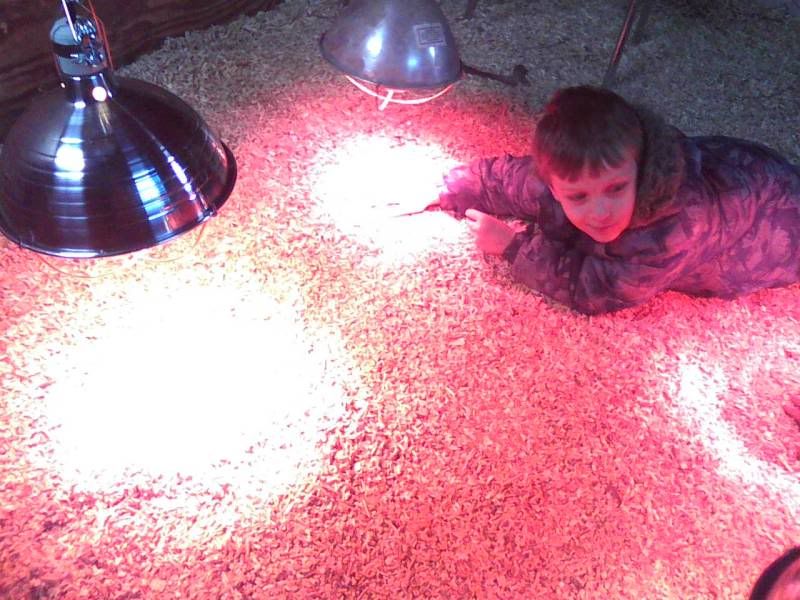 |
| Five heat lamps were added (and tested). |
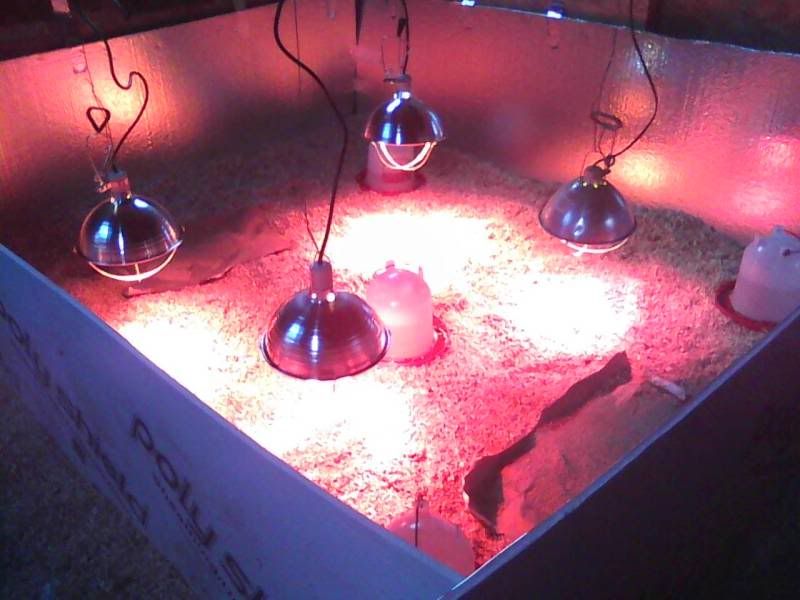 |
| Sheets of reflective insulation were added and decreased the brooder size down to 8x6'. The insulation was to help keep the chicks closer together and warmer. |
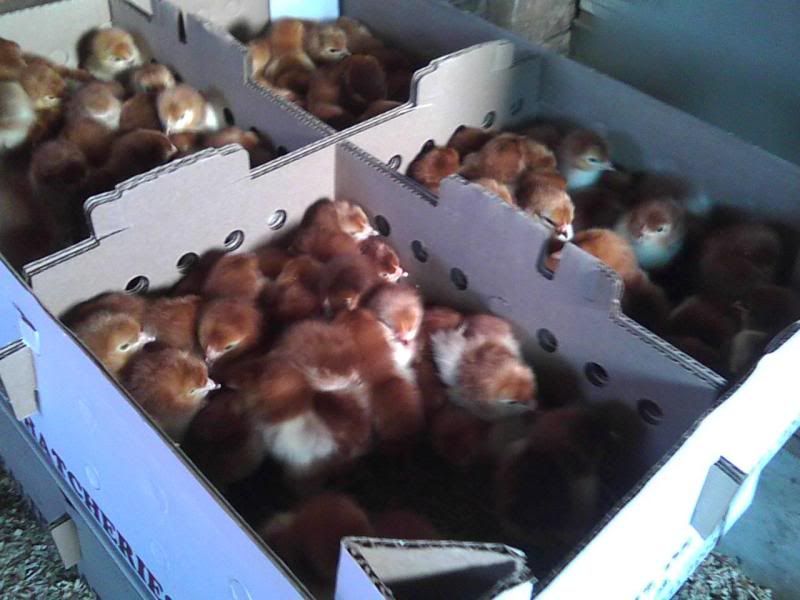 | ||
| Two hundred chicks arrived from Mt. Healthy Hatchery. |
Chicks need as little stress as possible. Often when stressed, they develop mud butts. Basically, their poop sticks to their butts and can dry, covering their vent, making it impossible for them to poop. This can kill the chicks. Between the cold, not resting well the first night and moving to a new brooder situation in the garage, our chicks started showing signs of stress. We spent several hours on Saturday cleaning chick butts. Glamorous, right? But very necessary.
That's the thing about animal husbandry. We are responsible for the welfare of these little fluff balls is 100% up to us. Normally, the momma hen would peck the chicks clean. So now we're the momma hen. We spend lots of time just watching the chicks, making sure they are happy, clean, healthy and behaving the way they are supposed to behave. That means cleaning manure. A lot. In many forms. It means that the health and well-being of the animals in our care is top priority. We have to be alert for changes in their behavior, no matter how small, and we have to figure out what they are telling us so we can make appropriate changes.
We lost one chick Thursday night. I spent most of Thursday trying to help him recover but he was too weak and didn't survive the night. Losing one out of two hundred is not bad at all. Most people expect up to 10% mortality in the first week.
The rest of the chicks look great - they're active, hungry, thirsty, playful and growing.
Three Days Old:
Buff Orpingtons - 1 3/4 oz ea
Buff Orpingtons - 1 3/4 oz ea
Red Sex Links - 1 5/8 oz ea
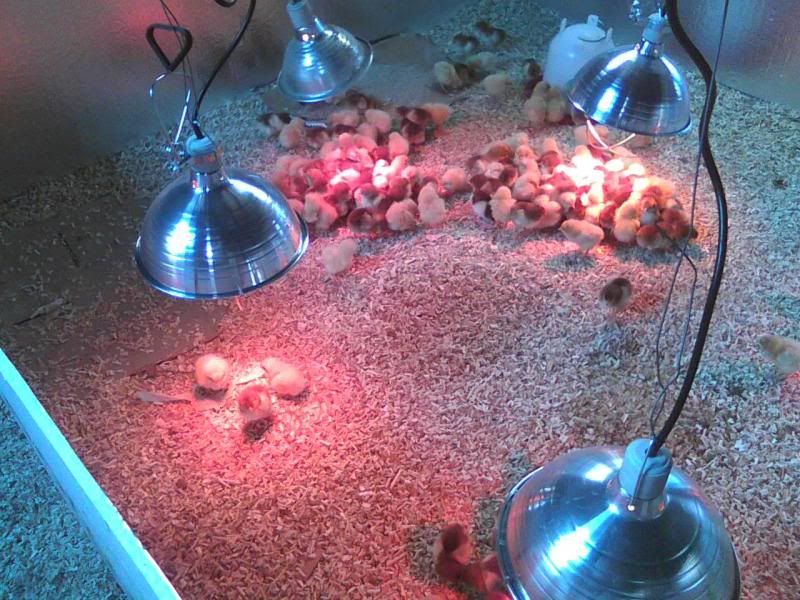
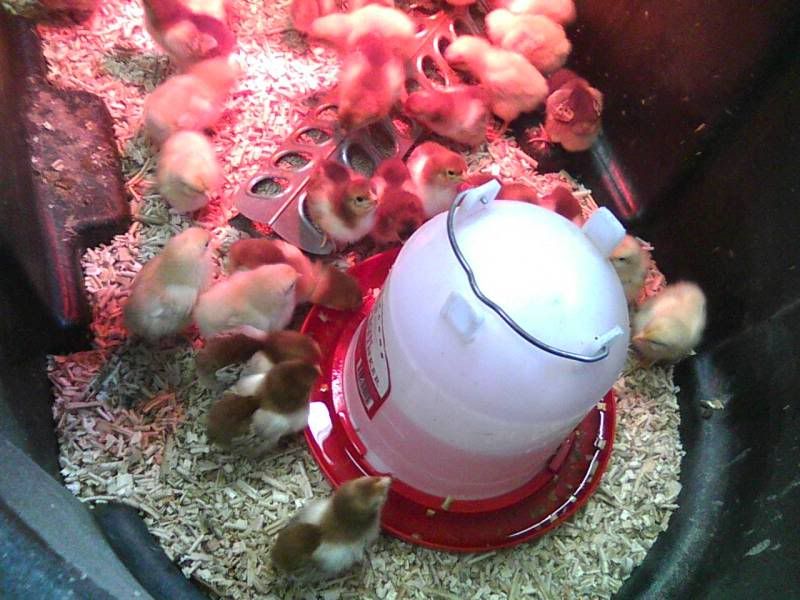

No comments:
Post a Comment